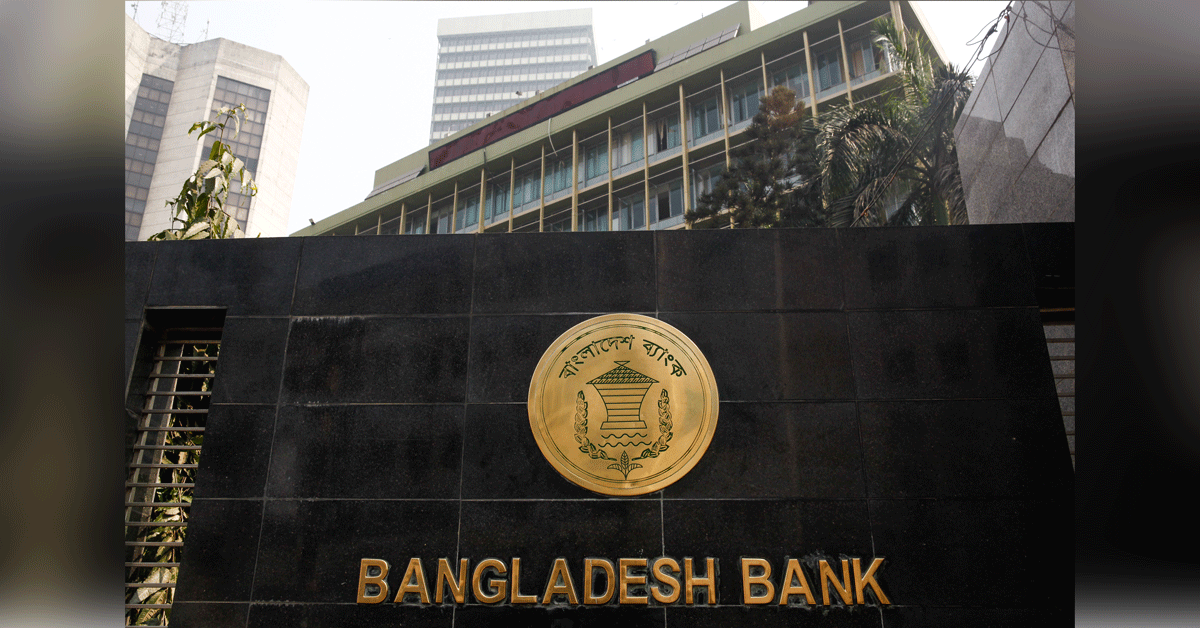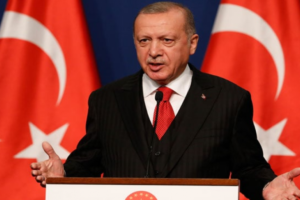The Indian Space Research Organization (ISRO) successfully injected Cartosat-3, an earth observation satellite, and 13 nanosatellites from US companies in precise orbits on Wednesday, in the first launch after the Chandrayaan-2 mission, and got a pat on its back from Prime Minister Narendra Modi.
The 49th flight of India’s workhorse rocket – the Polar Satellite Launch Vehicle or PSLV – took off from the second launch pad at Satish Dhawan Space Centre at Sriharikota, Andhra Pradesh at 9:28am.
“I am extremely happy to declare that PSLV C47 precisely injected Cartosat 3 and 13 customer satellites in the desired orbit. I must compliment the satellite team for building such a wonderful satellite and the launch vehicle team for achieving this success,” said Indian Space Research Organisation’s chairperson K Sivan.
The launch also earned a congratulation from Prime Minister Modi.
“I heartily congratulate the entire @isro team on yet another successful launch of PSLV-C47 carrying indigenous Cartosat-3 satellite and over a dozen nano satellites of USA,” the Prime Minister tweeted.
“The advanced Cartosat-3 will augment our high-resolution imaging capability. ISRO has once again made the nation proud!” he added.
All the satellites were put into orbit within 26 minutes and 50 seconds of takeoff, officials said.
The Indian satellite, Cartosat-3, is a third-generation earth observation satellite with very high resolution. Apart from its use in mapping, the satellite data will have uses in urban planning, development of rural infrastructure, and coastal and land cover analysis.
It weighed 1625kg and was placed in a 509km polar sun-synchronous orbit, an orbit in which the satellites passes over a given location on Earth at the same local mean solar time every day.
“This is the most advanced Earth Observation Satellite ever built by Isro. The realisation of Cartosat-3 has witnessed a totally new development in every area – the payload, the communication system, the optical system, the sensors, and so on,” P Kunhikrishnan, the director UR Rao Satellite Centre in Bengaluru, said.
“The satellite has the highest ever achieved a spatial resolution of about a foot and that too with a much higher swath. The realisation of each and every satellite is unique and very complex. There were four more satellites being developed concurrently at URSC, adding to the challenge,” Kunhikrishnan added.
Along with the Indian satellite, the PSLV C47 also launched 13 nanosatellites commercially under a deal negotiated by the newly created PSU New Space India Limited.
Of the 13 nanosatellites, 12 are earth observation satellites belonging to the American company Planet Labs and one a communication testbed developed by the US Analytical Space.
Isro chairperson Sivan also added the space agency plans to complete another 13 missions by March 2020 – of these six will be launch vehicles and seven satellites.
“We are having 13 missions up to March. As usual, our hands are full and as usual the team Isro will meet the challenge,” Sivan said.
Source: Hindustan Times




















